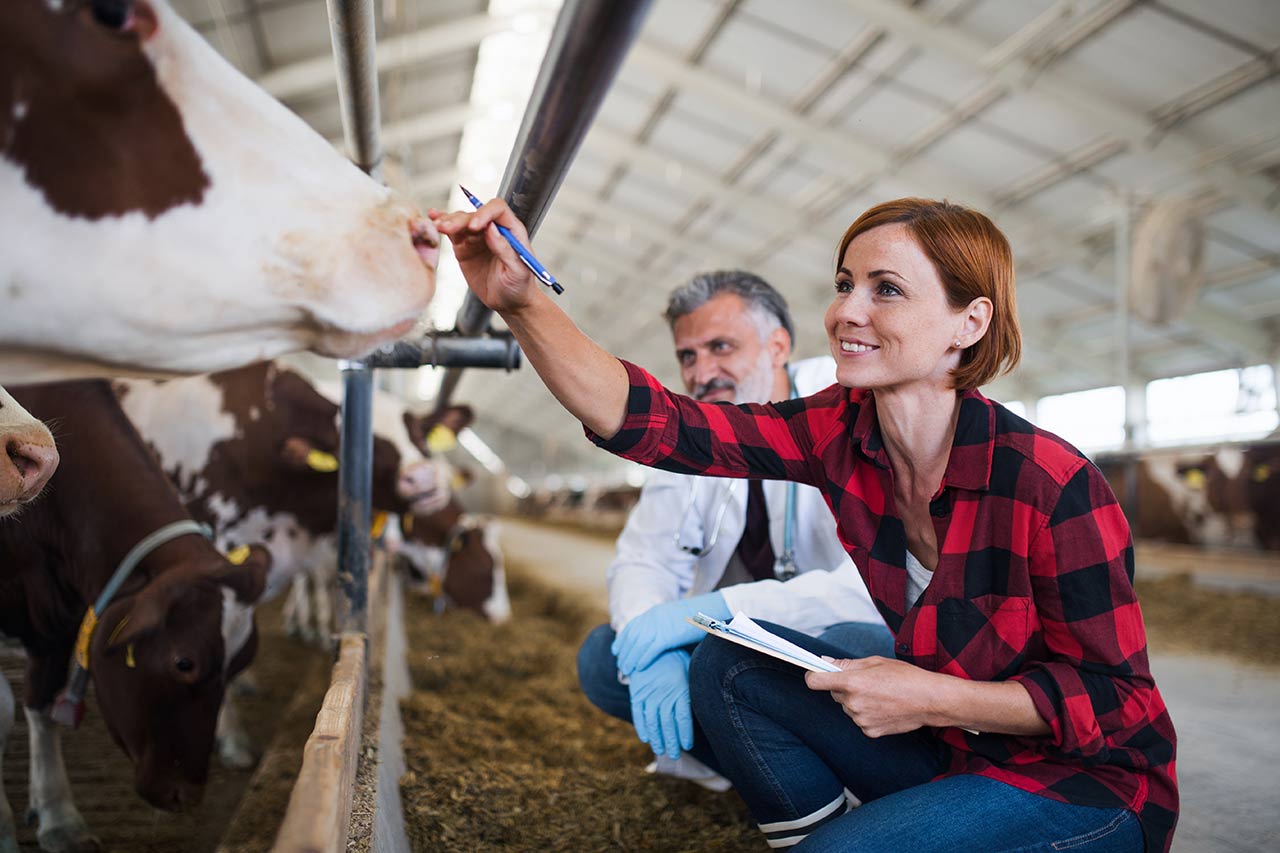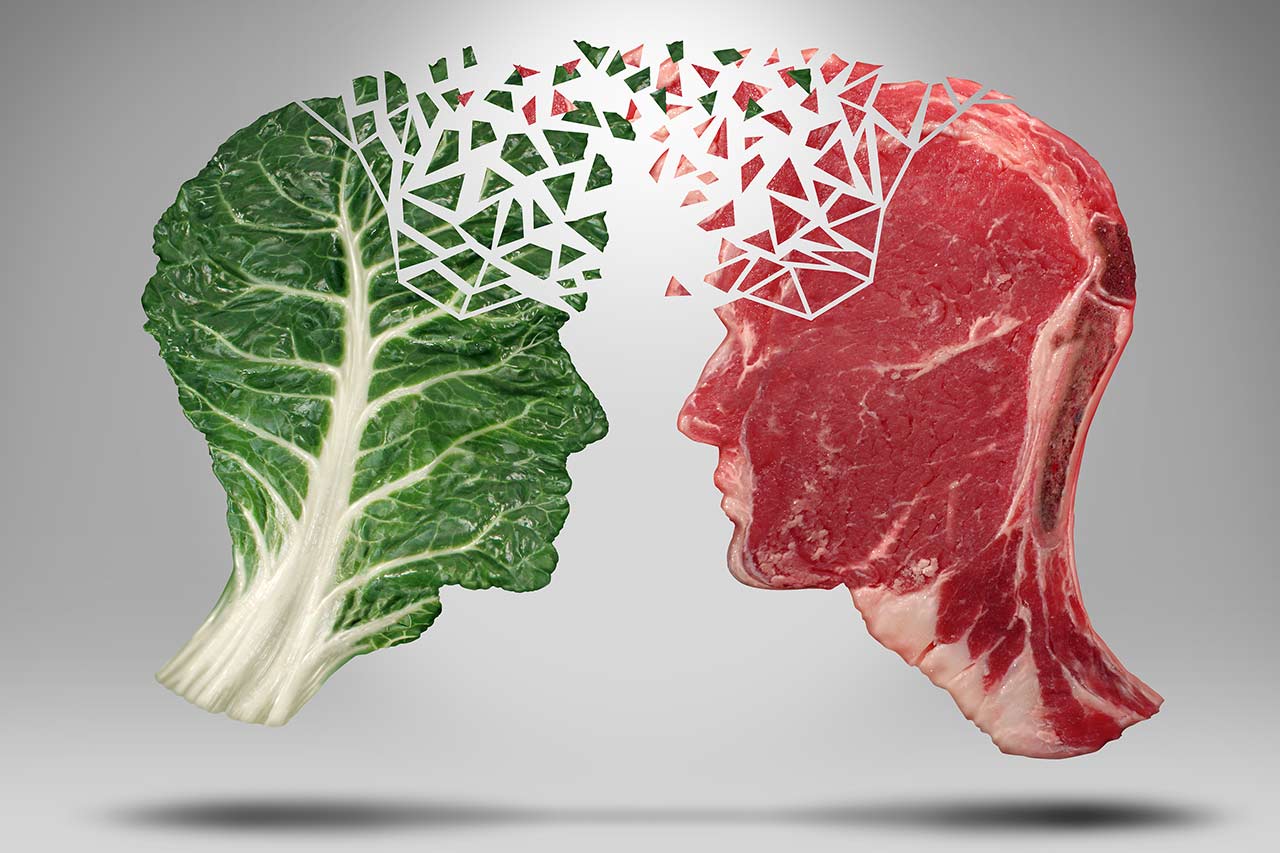Phytases are commercialized as a feed additive for animals since 1991 and have evolved to be used by most animal producers in the world. Nowadays, they are one of the most studied and important additives in animal feed. The reason for this success is because this enzyme bio-enables the phosphorus naturally present in the feed in the form of phytates. Phosphorus in this form is not available for the animal to use, which has historically led farmers to add inorganic phosphorus, an expensive ingredient, to their feed formulations. Phytase, a naturally occurring enzyme in ruminants, is notoriously absent from mono-gastric animals such as swine or broilers which has spurred the development of phytase additives for these species. Currently, the EU market is led by only 5 players, because phytase products need to be certified by the European Union Register of Feed Additives to be sold in the EU. Here are the 4 steps of the phytases value chain and the main challenges players must overcome to succeed in this industry.
Step 1: Phytase development and production (phytase manufacturer)
This step is what leads phytase to be available for sale and includes all the R&D and manufacturing operations. In Europe, the leaders are AB Vista, BASF, DSM, Dupont and Huvepharma.
This competition has led to a lot of innovation on the phytase market, especially on two crucial aspects: phosphorus release and thermal stability. In the past years, there has also been an emphasis in understanding, quantifying and valorizing additional nutritional effects, such as calcium, amino acid and myo-inositol release as well as the energy uplift provided by the enzyme.
The main challenge for suppliers has been to develop and manufacture a product with improved performance (e.g. better phosphorus release and thermal stability) while keeping the cost low. Additionally, as competing products are getting closer to the limit of phosphorus release, suppliers have scrambled to find ways to differentiate themselves from competition in an increasingly commoditized market through services and nutritional expertise.
Step 2: Premixing (premixers)
A premix is a mixture of elements needed only in very small quantity such as vitamins, trace minerals or enzymes (including phytase) in animal feed. The very small quantities involved can represent a challenge to ensure an appropriate in-feed mixability for feed mills. Premixers are therefore responsible for manufacturing a premix which is going to be a lot easier to include and process further down the value chain. It is interesting to note that phytase manufacturers can also be premixers with DSM and BASF being respectively the first and third biggest premixers in the world.
Regarding phytase, the main challenge for premixers is to choose the right phytase to ensure their own products have reliable performances and high cost effectiveness for their clients.
Step 3: Production of phytase-enriched feed (feed-millers)
Feed millers are responsible for incorporating the premixes with the animal fodder (i.e. wheat, corn…). Milling this mixture by mechanical action such as compression or crushing, yield a product where all the important nutrients are distributed evenly. Following this, a pelleting process and thermal treatment is applied with the double objective of getting rid of problematic microorganism such as salmonella, and shaping the product in pellet form which is appropriate for animal consumption. In Europe the biggest feed producer is For farmers B.V., a company based in the Netherlands which produced 6.5 million tons of feed in 2014.
Along with the efficacy of the phytase in terms of phosphorus release, the most important aspect for feed millers is thermal stability. The high temperatures (80 Celsius or more) involved in the pelleting process can denature the enzyme, drastically reducing its nutritional effects, which can then cause animals to suffer from phosphorous and calcium deficiencies. While alternatives exist, pellets are the dominant form to deliver feed to animals.
Step 4: Animal integration (integrators)
This is the very last step of the phytase value chain where the feed is distributed to animals to match their nutritional needs. Degrading the phytates comes with the added benefit of preventing the anti-nutritional effects of phytates, such as biding with calcium, to kick-in. Animal growth performances and well-being is closely monitored during this phase, ensuring optimal weight on slaughter, thus maximizing revenues for integrators.
The most difficult aspect of phytase application at this stage is to ensure that the total amount of phosphorus (resulting from phytate breakdown and additional inorganic phosphorus additions) matches the animals’ needs. Any deficiency of phosphorus or calcium in the animals’ diet will have serious repercussions on their performance and health.
Throughout the 4 main phases of the phytase value chain, the actors are innovating to overcome challenges as maintaining cost effectiveness, ensuring thermal stability or counting on a reliable product. With its stringent regulations on feed additives, Europe is characterized by a small number of players. This, however, does not mean the competition is not fierce with new phytases being regularly launched on the market. This competition has led suppliers to approach the limit on phosphorous liberation and forced them to explore, research and valorize additional nutritional effects, a trend that is bound to continue.
About the author,
Axel, Consultant and Quentin, Project Manager in Alcimed’s Life Sciences team in Switzerland



